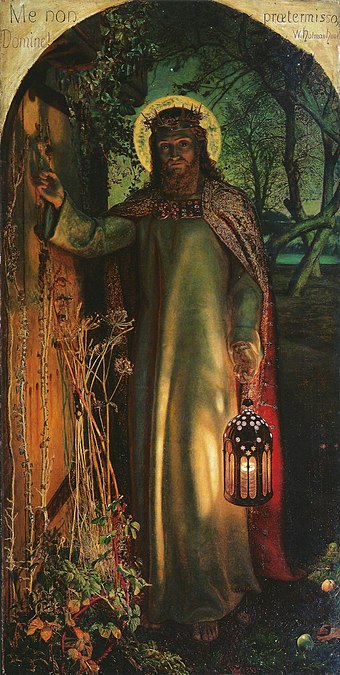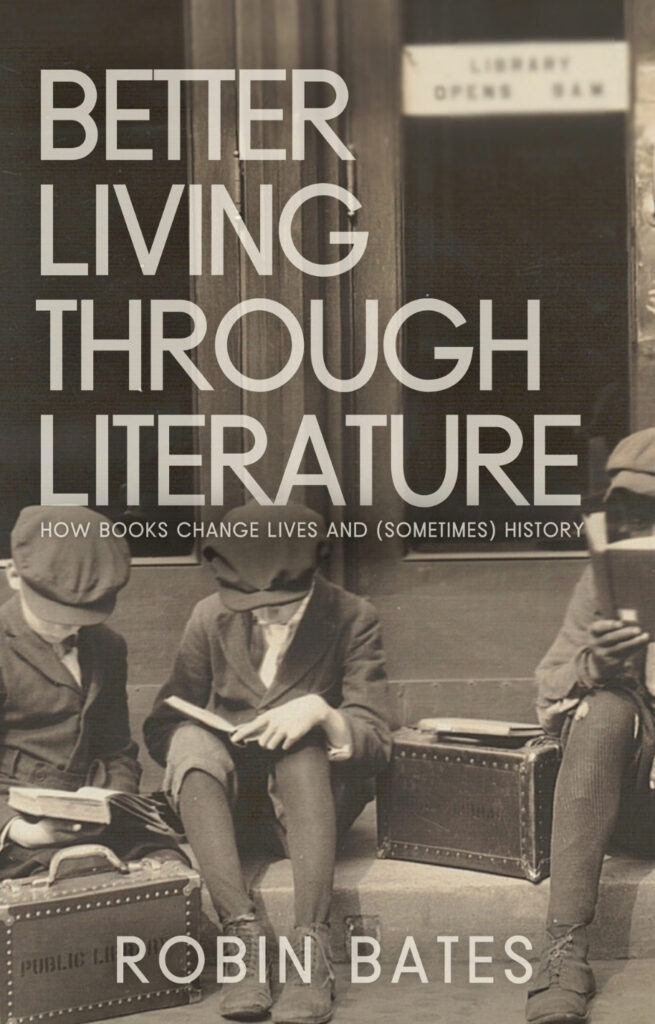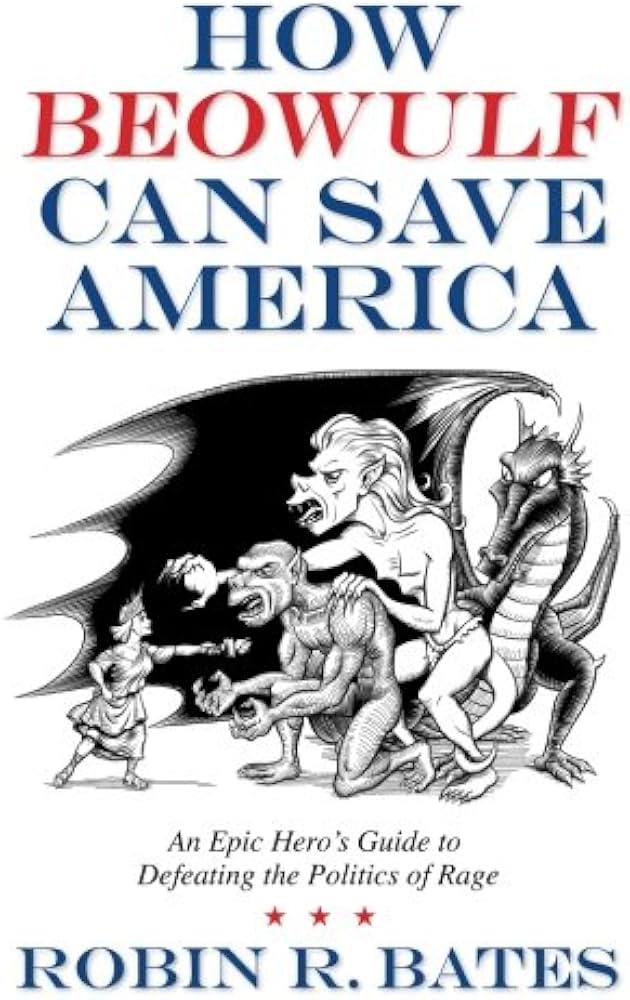Note: If you wish to receive, via e-mail, (1) my weekly newsletter or (2) daily copies of these posts, notify me at rrbates1951@gmail.com and indicate which you would like. I promise not to share your e-mail address with anyone. To unsubscribe, send me a follow-up email.
First Sunday in Advent
Gwendolyn Brooks’s “truth” is a wonderful poem with which to kick off the dark but hopeful season of Advent. It reminds me a little of T.S. Eliot’s observation (in The Waste Land) that April is the cruelest month. Easier to remain in a vegetative state, Eliot observes—“Winter kept us warm, covering/ Earth in forgetful snow, feeding/ A little life with dried tubers”—than engage in the difficult process of growth, with its complications of memory and desire.
For her part, Brooks talks about dreading rather than greeting the sun, even though we have been weeping and praying for the sun “all though the night-years.” Having spent “so lengthy a season with shade,” she writes, we are startled when
we wake one shimmering morning to
Hear the fierce hammering
Of his firm knuckles
Hard on the door.
Often, when we talk about the Advent hope and the Christmas promise, we fail to mention the courage that it takes to hope. Brooks writes it is so much sweeter to “sleep in the coolness of snug unawareness” that, as a result, we may shudder and flee when the sun makes its presence felt.
truth
By Gwendolyn Brooks
And if sun comes
How shall we greet him?
Shall we not dread him,
Shall we not fear him
After so lengthy a
Session with shade?
Though we have wept for him,
Though we have prayed
All through the night-years—
What if we wake one shimmering morning to
Hear the fierce hammering
Of his firm knuckles
Hard on the door?
Shall we not shudder?—
Shall we not flee
Into the shelter, the dear thick shelter
Of the familiar
Propitious haze?
Sweet is it, sweet is it
To sleep in the coolness
Of snug unawareness.
The dark hangs heavily
Over the eyes.
If this were a John Donne poem, I would suspect the author of punning on “sun.” And indeed, though Brooks described herself as “non-religious,” there seems to be religious imagery throughout, especially in the image of the sun hammering on the door. In St. Paul’s Cathedral in London there is a William Holman Hunt painting of Jesus knocking at a door with no handle, meaning that it can only be opened from within. Or in a related albeit reversed use of door imagery, Jesus assures us in Matthew 7:7, “Knock and door will be opened to you.”
Opening a door and knocking on a door are simple actions. When life-changing light is involved, however, they require strength of mind.
Further thought: I’ve thought of a related poem by Lucille Clifton, who was a friend of Brooks. In “the light that came to lucille clifton” the poet writes,
but the light insists on itself in the world;
a voice from the nondead past started talking,
she closed her ears and it spelled out in her hand
“you might as well answer the door, my child,
the truth is furiously knocking.”


